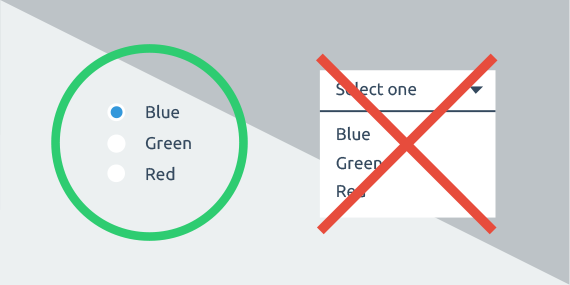Last Updated on October 22, 2024 by UX World
A UX design process is a repetitive process involving different types of UX roles and each role is assigned certain tasks and responsibilities. The UX roles continuously change with time. Before selecting a UX role, you must find your interest in the respective area.
Doing a job of your interest and passion will lead you towards good productivity and eventually higher levels of success.
User Experience (UX) Design Process
Let’s understand the UX design process and map the UX roles to each stage of the process.
A UX design process is based on 5 stages as listed below:
1. Research and analysis
The very first step in the design process is to know about your users’ demands and needs through research. This will help you to make the right design that will help users to achieve their desired objectives.
2. Define
Carry out the analysis from user research and feedback and then figure out what exactly users want.
3. Ideate
Do brainstorming and generate some design ideas that have the potential to resolve the user problems.
4. Design
Now implement the design ideas generated earlier in the form of prototypes by creating wireframes and images.
5. Testing
Now test your design and check if there is a need for improvements and redesign in case the previous design fails.
UX Roles and Responsibilities
Throughout the process of UX design, five key UX roles work together to create a successful product design. Detail for each of them is listed below.
UX Designer
The most prevalent position in the market is UX designer. A UX designer is someone who participates in every stage of the process and collaborates with stakeholders including product managers, developers, and testers.
- The user’s interaction with a product is the primary emphasis of UX designers’ work. Making applications that are useful, available, and entertaining to use is the aim of UX designers.
- The UX designer conducts user research to figure out the needs and requirements of users associated with the product.
- The UX designer develops user personas.
- The UX designer develops user journey maps to figure out how users interact with the product.
- The UX designer develops wireframes, images, and prototypes to visualize the practical implementation of the product at earlier stages.
Product Designer
The product designers are given the task of supervising the entire process of designing a product. They are responsible for identifying users’ problems and then thinking of solutions to those problems. Mostly the product designer’s role is similar to the UX designer’s role but the product designer has to do some additional tasks which are:
- Ensure that the design is compatible with project strategy and business goals.
- Ensure the consistency of experience throughout the product as well as with the organization’s branding guidelines.
Visual Designer
A visual designer is concerned with the aesthetic part of the design which is UI design or visual design. The job of a visual designer is to ensure the attractive look of the product which will attract users and have a positive impact on them. The responsibilities of a visual designer include:
- Designing user interface which includes the theme, images, icons, and other artifacts.
- Ensure an excellent and pleasing look of the design.
- Testing the design and improving it according to varying UI trends in the market.
UX Researcher
Conducting user research is an important part of UX design. User research is done to find out what the user wants and what you must design to fulfill your user’s desires. If user research is not done properly then the UX designer will never know what the users want and he will fail to design the product which will satisfy the users. Therefore organizations hire a UX researcher who performs user research and the remaining UX team will design the product according to the user’s perspective.
- Conduct user research through interviews, feedback, or surveys and find out the needs and requirements of users.
- Collect the information, analyze it, and create user personas.
- Perform all types of product testing e.g. usability testing etc., analyze the results achieved from the testing process, and later make its report.
- Ensure that the designed user interface (UI) is according to the user’s perspective.
UX Writer
A UX writer is responsible for creating a product language that is easy to understand for users. The responsibilities include:
- A UX writer is concerned with all types of typography involved in a product’s design for example navigation, labels, and menus.
- Moreover, the UX writer is also responsible for writing user messages like warning messages or guiding messages for users.
- The UX writer also tests the product to ensure steady and consistent copywriting.
Conclusion
A UX design process is carried out by the UX team comprised of five key roles including UX writer, visual designer, UX researcher, UX designer, and product designer. All team members do their respective jobs which results in a complete and successful UX design.
One important thing to remember is that UX design roles are continuously changing as UX design trends are changing with time. Therefore it is important to do research before selecting a certain role. The research will help you to decide whether you have an interest in the respective role or not. Doing a role that you like will automatically boost your productivity and you will lead your team towards successful UX design.
Want to Learn UX Design?
Try Interaction Design Foundation (IxDF). IxDF offers online design courses covering the entire UX design spectrum, from foundational to advanced level. As a UX Design World reader, you get 25% off your first year of membership with the IxDF.
Thanks for reading.
Subscribe to more related articles at UX World.
If you have any questions, contact us here: Facebook | YouTube | Instagram | Linkedin



